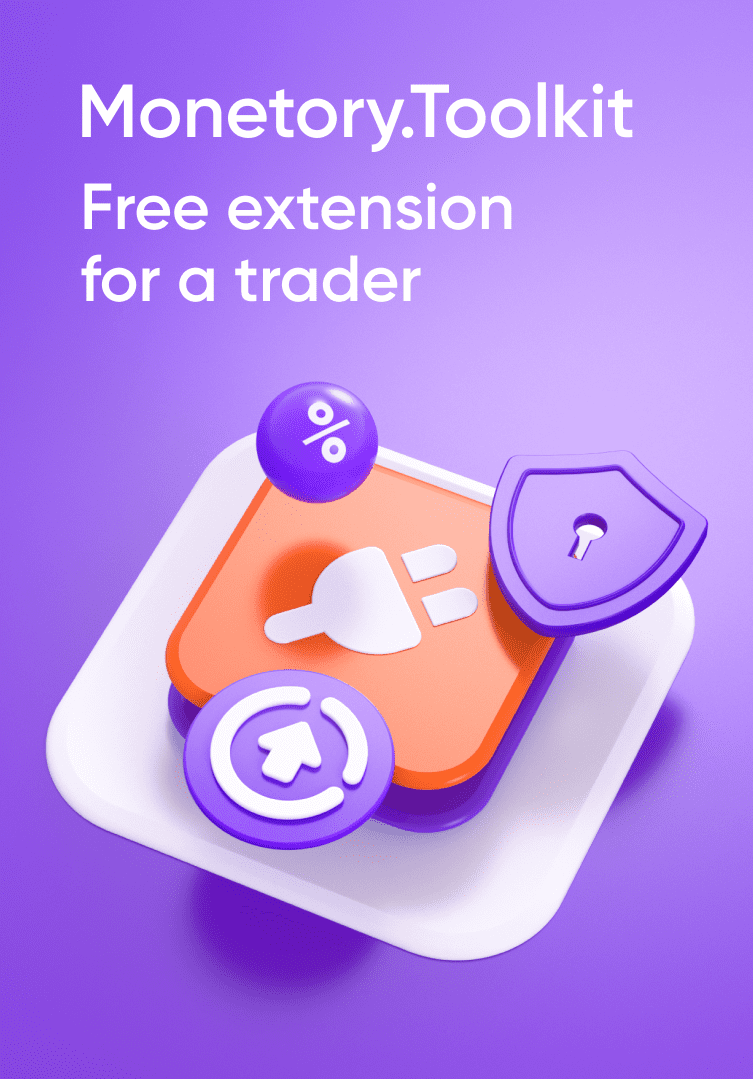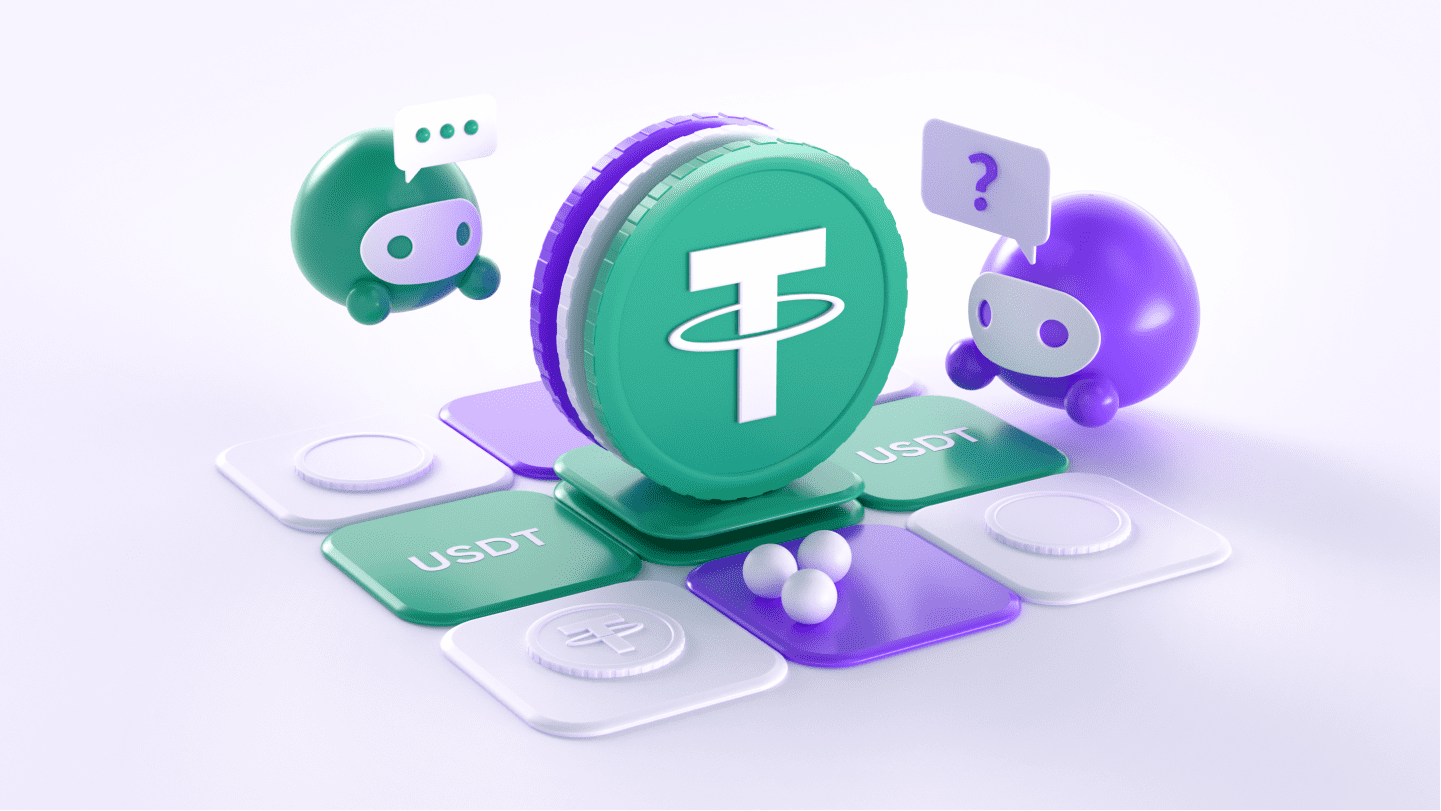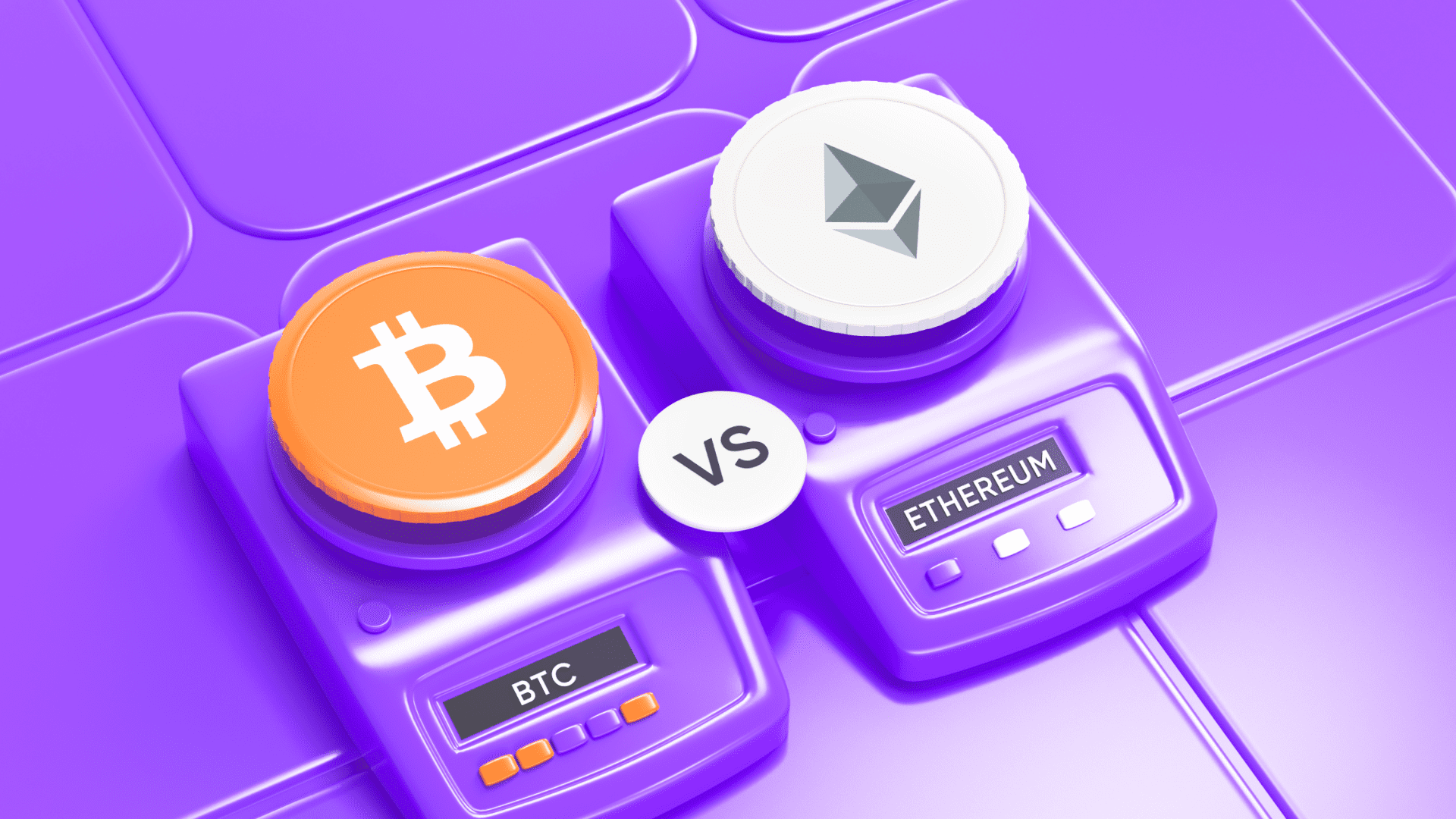
Have you heard anything about Bitcoin maximalists? These people believe the first cryptocurrency will remain the king of digital assets. Indeed, Bitcoin is decentralized, limited in quantity, and has the longest history on the market. But the world of cryptocurrencies is evolving. Imagine a blockchain that is hundreds of times faster than Bitcoin and thousands of times cheaper. Such technology already exists, and its name is Solana.
Solana (SOL) is not just another crypto. It is an ecosystem built on an innovative blockchain capable of processing thousands of transactions per second with minimal fees. For comparison: while Bitcoin “digests” 7 transactions per second, Solana easily handles 50,000!
In this article, we will explain what Solana is and why it is being talked about as a potential “Ethereum killer”. We will analyze its advantages over other cryptocurrencies, and explain why many experts believe SOL is the future of decentralized finance. And, of course, we will tell you how to buy, sell, store, or exchange SOL cryptocurrency in 2024.
Solana Advantages: Speed, Scalability, Innovation
The Solana project was founded in 2017 by Anatoly Yakovenko, a former Qualcomm engineer. He wanted to create a high-performance blockchain: the fastest and most secure. In 2018, Raj Gokal joined the project, and together they developed the Proof of History (PoH) consensus algorithm.
The first block of the Solana blockchain was mined in March 2020, which marked the official launch of the network (Solana mainnet). In parallel with the main net, the Solana test net operates an environment for testing new features and applications. In 2021, the project attracted the attention of large investors and developers, which led to explosive ecosystem growth.
2022 and 2023 have been marked by the launch of many innovative projects on the Solana platform, from decentralized exchanges to gaming applications and NFT marketplaces.
Let us not forget about the potential launch of the Solana ETF. An Exchange-Traded Fund is an exchange-traded investment fund that allows you to invest in an asset without owning it. Cryptocurrency ETFs have become one of the main trends of 2024. Bitcoin and Ethereum ETFs have already been launched. In the summer of 2024, an application was submitted for the Solana ETF. If regulators approve this instrument, we may witness a new round of SOL popularity.
What is Cool About Solana
- High Performance. Solana blockchain can process up to 50,000 transactions per second, making it one of the fastest blockchains in the world.
- Low Fees. Solana transaction costs remain minimal even under heavy network load.
- Open Source. Any programmer can see how Solana works from the inside, suggest improvements, or create their application on this platform.
- Universality. It has everything: decentralized finance (DeFi), smart contracts, NFTs, games, social networks, and even things we do not know yet. You can do anything on Solana.
- Solana Web3. Imagine an internet where you are the master of your data and assets. It is Web3, and Solana provides the tools to create such sites and applications.
- Environmental Friendliness. While Bitcoin consumes as much electricity as a small country, Solana operates on an energy-efficient consensus mechanism.
How Solana Works
Unique consensus algorithm: Proof of History (PoH)
Remember we talked about Solana running on a unique PoH algorithm? While PoS cryptocurrencies spend time agreeing on exactly when an event happened, Solana timestamps it. It gives Solana several advantages:
- Speed: transactions are processed faster.
- Scalability: the network can process more transactions at once.
- Power efficiency: no need to waste computing power on reaching consensus.
Tower BFT: Solana Guardian of Order
This mechanism, along with Proof of History, is responsible for ensuring that all nodes on the network are synchronized and honest. Think of it as a CCTV system in a bank. It does not interfere with work but ensures no one breaks the rules.
Imagine you are building a decentralized game. On Ethereum, each player’s action can cost a significant amount of gas (fees), but on Solana, the same game will run faster and be cheaper for users.
Tokens of the standard SPL (Solana SPL token)
The Ethereum blockchain is home to ERC-20 tokens. Solana has its equivalent, SPL tokens (Solana Program Library). They are very similar, but there are differences:
- Speed. Like everything on Solana, SPL tokens are faster.
- Cost. SPL tokens are usually cheaper to create and transfer than ERC-20 tokens.
- New features. For example, SPL tokens can be frozen or restricted.
Solana RPC: A Bridge Between Apps and the Blockchain
RPC (Remote Procedure Call) is a function for communication in Solana. Imagine you have a wallet app for Solana. When a user wants to send coins, your app contacts the blockchain via RPC and says: «Hey, Solana, please transfer 10 SOL from address A to address B». The blockchain performs this operation and responds to your application: «Done!»
Validation in Solana
Validators verify transactions, create new blocks, and keep the system running. The system rewards validators in SOL for their work, but if they do a poor job or try to cheat the system, part of their stake can be cut off. To become a Solana validator, you need to:
- Have powerful hardware. Solana requires serious computing resources.
- Stake a certain amount of SOL.
- Be online and participate in validation at all times.
Solana Nodes
2021 saw what many have called the Solana Gold Rush. Running nodes on the blockchain has earned some lucky individuals a fortune. But why? Solana nodes aren’t just computers that support the network. They’re ecosystem participants that can perform a variety of functions:
- Validating transactions
- Storing data
- Processing smart contracts
In the early days of the network, Solana offered generous rewards for node operators to attract more participants and strengthen the network. Some early Solana miners earned hundreds of thousands of dollars. Today, running a Solana node can still be profitable, but competition has increased and hardware requirements have become more stringent.
Solana Airdrop
Many new projects launching on Solana use airdrops to attract users and distribute their tokens. Information about current and upcoming airdrops can be found on specialized platforms, for example here.
Solana Economy: Emission, Burning, and Staking
- Solana Price in USD: $135.22
- Solana Capitalization: $63.1B
- TVL: $4.8B
- Solana Explorer: Solscan, Explorer.Solana, Solana.fm
Let’s start with the emission. There are 583 million SOL issued in total. At the same time, there are 466 million coins in free circulation. Every year, the number of SOL increases by about 8%, but this figure is not fixed. The rate of issuance of new tokens will decrease until it reaches about 1.5% per year.
However, the constant issuance of new tokens can lead to inflation. Therefore, Solana has token-burning mechanisms. For example, part of the fees in Solana for transactions does not go to validators but is destroyed. If the transaction fails, the fee for it is still burned. This helps control the total amount of SOL in circulation.
Now about staking. SOL holders can participate in this process by delegating their tokens to validators. In return, they receive a portion of the reward. It’s like a bank deposit, but the Solana network is the bank. But staking in Solana has its nuances. If the validator you entrusted your SOL to violates the network rules, part of the stake can be “cut off”. This whole system is designed for balance. On the one hand, new SOLs incentivize people to participate in the network. On the other hand, the burning mechanisms help control inflation.
Tokens on Solana
In 2024, Solana became especially popular due to the plenty of new meme coins. Previously, such projects were more often launched on BNB Chain and Ethereum, and now Solana and TON have become the main platforms for meme tokens. But this is not all – decentralized finance (DeFi), non-fungible tokens (Solana NFT), and blockchain games (GameFi) projects are developing here.
Here are some examples of popular tokens and projects on Solana:
- Meme coins (Solana memes): BONK, PSYOP, WIF (Dogwifhat)
- DeFi tokens: Raydium (RAY), Orca (ORCA)
- GameFi: Star Atlas (ATLAS), Aurory (AURY)
- Stablecoins: USDC, USDT
How and Where to buy Solana Token
Have you decided to join the world of Solana? Great! But before you rush out to buy SOL, let’s figure out where you will store your assets. Non-custodial wallets are best suited for Solana. It means, that only you control your funds, no extra hands. Here are some popular options:
- Phantom Wallet: the most popular wallet in Solana. It is loved for its simplicity and convenience. There are versions for the browser and smartphone.
- Solflare: another great choice. Many appreciate it for its feature set and nice design.
- Trust Wallet. If you like versatility, this Solana wallet is for you. It supports not only Solana but also many other cryptocurrencies and blockchains.
- Ledger. It is already the security major league. A hardware wallet that stores your keys offline. Yes, it costs money, but the security is worth it.
To create a wallet and find your Solana address, choose one of these apps, install it, and follow the instructions to create a new wallet. Be sure to save your seed phrase in a safe place!
Now that you have a wallet, it’s time to figure out where to get Solana. You have two main options: centralized and decentralized exchanges.
Centralized Exchanges:
Decentralized Exchanges (DEX) on Solana:
- Raydium: One of the first and largest DEXs in the Solana ecosystem.
- Orca: A good option for those new to DeFi.
Solana Cryptocurrency Forecast
The crypto world often talks about the upcoming alt season. It is a period when altcoins (all cryptocurrencies except Bitcoin) can show significant growth. Of course, this is not a financial recommendation, but SOL has all the prerequisites for successful development:
- A growing ecosystem. New projects appear on Solana, from DeFi protocols to games and NFT platforms.
- Technological superiority: Solana’s high transaction speed and low fees are not just beautiful words. These advantages affect the usability and attractiveness of the platform.
- Developer community. More and more programmers choose Solana for their projects. And where there are developers, there is innovation and growth.
- Institutional interest: large companies and investment funds are showing interest in Solana, which can lead to an influx of “big money”.
Remember: the crypto market is a roller coaster. Highs and lows are common, sometimes very sharp. So do your research and don’t invest more than you can afford to lose.






